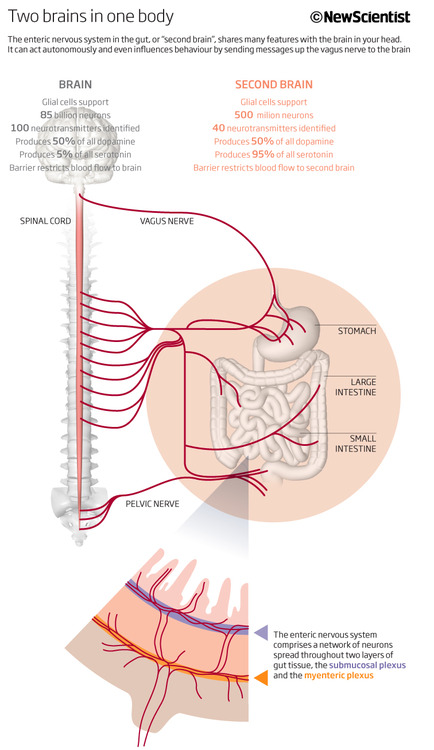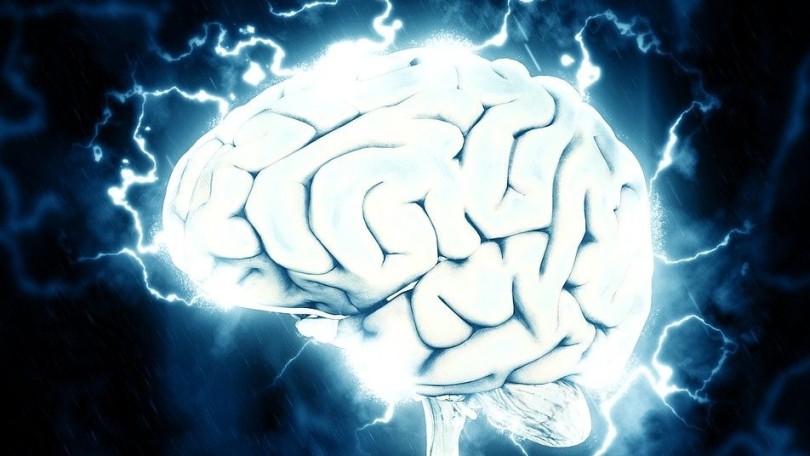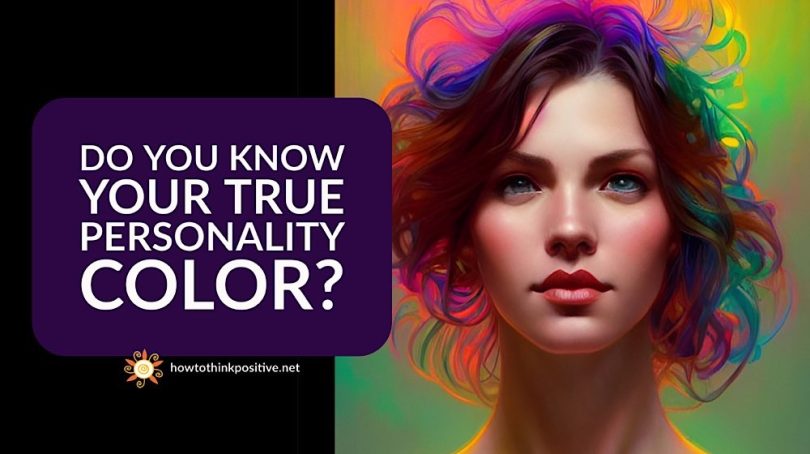Your emotions, habits and beliefs don’t always come from your brain doing all the work as many people believe. There is another place within you doing a lot of thinking as well. Don’t believe it? Here’s a quick and simple mini-proof:
This post contains Amazon affiliate links, meaning I may earn a small commission if you purchase through my links, at no extra cost to you. Note: We aim to provide accurate product links, but some may occasionally expire or become unavailable. If this happens, please search directly on Amazon for the product or a suitable alternative.
Your spinal cord is directly attached to your brain isn’t it? We know this pretty much as a fact. Now, do you think the spinal cord is simply there to support the overall structure of your body? According to this research, apparently not.
There seems to be more to the spinal cord than many know. Here’s something interesting from a more scientific point of view:
—
Your body contains a separate nervous system that is so complex it has been dubbed the second brain. It comprises an estimated 500 million neurons – about five times as many as in the brain of a rat – and is around 9 metres long, stretching from your oesophagus to your anus. It is this brain that could be responsible for your craving under stress for crisps, chocolate and cookies.
If you look inside the human body, you can’t fail to notice the brain and its offshoots of nerve cells running along the spinal cord. The ENS, a widely distributed network of neurons spread throughout two layers of gut tissue, is far less obvious, which is why it wasn’t discovered until the mid-19th century.
It is part of the autonomic nervous system, the network of peripheral nerves that control visceral functions. It is also the original nervous system, emerging in the first vertebrates over 500 million years ago and becoming more complex as vertebrates evolved – possibly even giving rise to the brain itself.
You needn’t be a gastroenterologist to be aware of these gut reactions – or indeed the more subtle feelings in your stomach that accompany emotions such as excitement, fear and stress. For hundreds of years, people have believed that the gut interacts with the brain to influence health and disease. Yet this connection has only been studied over the last century.
Two pioneers in this field were American physician Byron Robinson, who in 1907 published The Abdominal and Pelvic Brain, and his contemporary, British physiologist Johannis Langley, who coined the term “enteric nervous system”. Around this time, it also became clear that the ENS can act autonomously, with the discovery that if the main connection with the brain – the vagus nerve – is severed the ENS remains capable of coordinating digestion. Despite these discoveries, interest in the gut brain fell until the 1990s when the field of neurogastroenterology was born.
See the two brains in one body image next…
The feel-good factor
The second brain also shares many features with the first. It is made up of various types of neuron, with glial support cells. It has its own version of a blood-brain barrier to keep its physiological environment stable.
And it produces a wide range of hormones and around 40 neurotransmitters of the same classes as those found in the brain. In fact, neurons in the gut are thought to generate as much dopamine as those in the head. Intriguingly, about 95 per cent of the serotonin present in the body at any time is in the ENS.
There is further evidence of links between the two brains in our response to stress. The feeling of “butterflies” in your stomach is the result of blood being diverted away from it to your muscles as part of the fight or flight response instigated by the brain.
However, stress also leads the gut to increase its production of ghrelin, a hormone that, as well as making you feel more hungry, reduces anxiety and depression. Ghrelin stimulates the release of dopamine in the brain both directly, by triggering neurons involved in pleasure and reward pathways, and indirectly by signals transmitted via the vagus nerve.

Gut instincts
Then there’s decision-making. The concept of a “gut instinct” or “gut reaction” is well established, but in fact those fluttery sensations start with signals coming from the brain – the fight or flight response again. The resulting feeling of anxiety or excitement may affect your decision about whether to do that bungee jump or arrange a second date, but the idea that your second brain has directed the choice is not warranted. The subconscious “gut instinct” does involve the ENS but it is the brain in your head that actually perceives the threat. And as for conscious, logical reasoning, even Gershon accepts that the second brain doesn’t do that. “Religion, poetry, philosophy, politics – that’s all the business of the brain in the head,” he says.
—
Source: Neuroscience Stuff, Tumblr
Image Credit: Brain Power, Allan Ajifo | 2 Brains Body Image, New Scientist.







